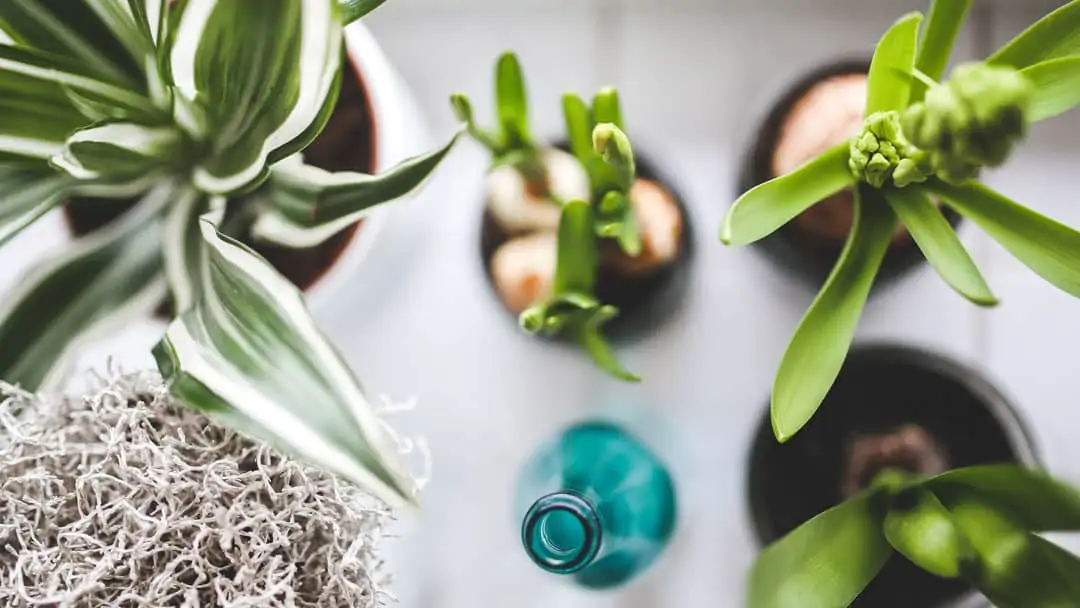Being in the outdoors is excellent when the weather is warm and sunny in SE Michigan. You may be an avid gardener who loves outdoor plants that add to your landscape and curb appeal. Going outdoors and enjoying natural surroundings is useful for many things – depression, reducing stress and giving you an overall sense of calm and well-being. Something about the trees, flowers, greenery, and other flora is just relaxing and soothing. However, did you know that certain types of plants can not only brighten your home and add to the decor but purify the air as well? While you may not have room for them all in your Ann Arbor or Ypsilanti home, all of the plants below help improve indoor air quality and offer other benefits as well. English Ivy not only absorbs formaldehyde, but it also filters the air inside your home. According to NASA, English Ivy is a top houseplant for homeowners and is easy to grow as long as you have medium sunlight filtering through your home and a moderate temperature. Peace lilies thrive in cooler temperatures and shade and are beautiful to look at as well. A plant that requires little maintenance, peace lilies are capable of reducing the levels of numerous toxins that may be in the air inside your home. Like English Ivy, the philodendron is excellent for absorbing formaldehyde and can live for many years when properly cared for. A little sunlight and water are all it takes to care for this heart-shaped plant. You’re probably already aware of the healing properties of aloe vera for cuts, sunburns, and stings, but did you know aloe helps purify the air by clearing pollutants found in many chemical-based cleaning products? Brown spots will appear on the leaves if the level of harmful chemicals in your indoor air becomes excessive. While the name may sound a bit frightening, the snake plant is exceptional when it comes to absorbing carbon dioxide, and grows with a minimum of care considering it doesn’t need much water or light. A good choice for the bedroom, the snake plant releases oxygen during nighttime hours. Rubber trees are common in households and offices, and for a good reason – they don’t require much nurturing. If your home lacks sunlight, the rubber tree is a perfect choice, and it also eliminates toxins in the air. Also on NASA’s list of the most effective air-purifying plants, the spider plant is easy to grow and decorative, capable of fighting off carbon monoxide, xylene, benzene, formaldehyde, and other pollutants. Another of NASA’s favorites for indoor air purification is the bamboo palm, a plant that is said to intensify the peace in a home. Just place in indirect sunlight or shade and water frequently, and your bamboo palm will clear out trichloroethylene and benzene. A plant capable of growing to ceiling height, the red-edged dracaena is perfect for a bare area in your home that could use a little decor and removes xylene, formaldehyde, trichloroethylene, and other toxins from the air. The golden pothos thrives in shade or indirect sunlight and cool temperatures and is a beautiful plant that grows in cascading vines while removing formaldehyde from the air. Hang one in your living room, and enjoy the simple beauty along with cleaner, healthier air. Why not enjoy tropical, lush surroundings in your Michigan home while every member of your family benefits from a cleaner, healthier air? Many plants offer fantastic benefits, including indoor air purification. In addition to plants, there are other ways to purify the air in your home. Contact Haley Mechanical today to learn more!
